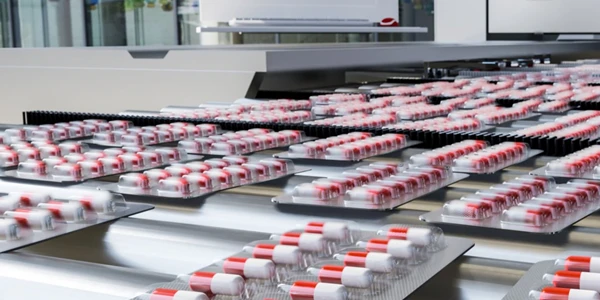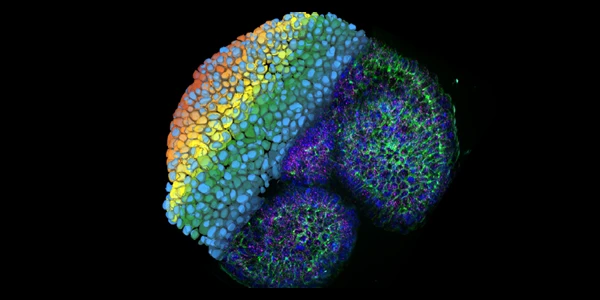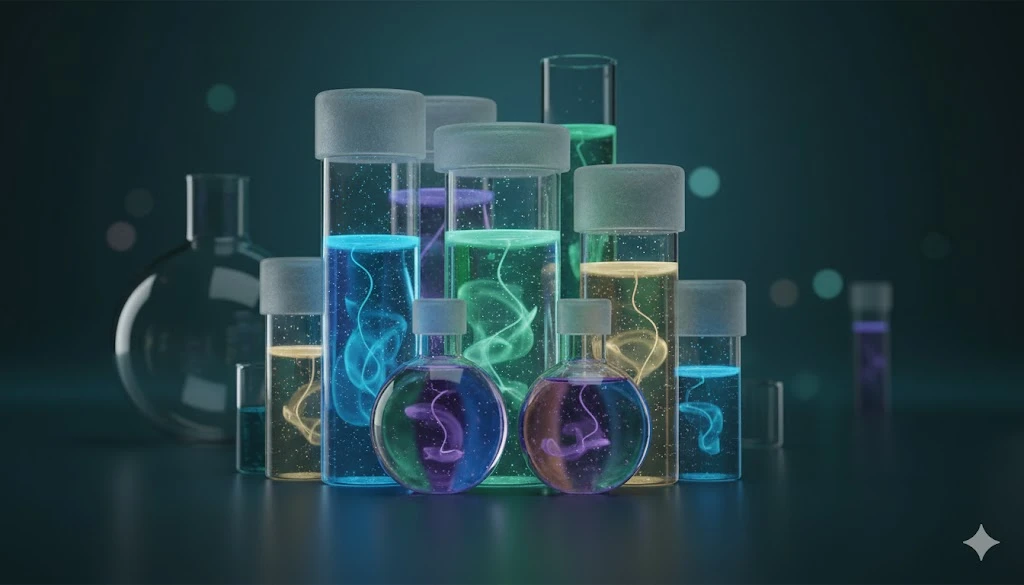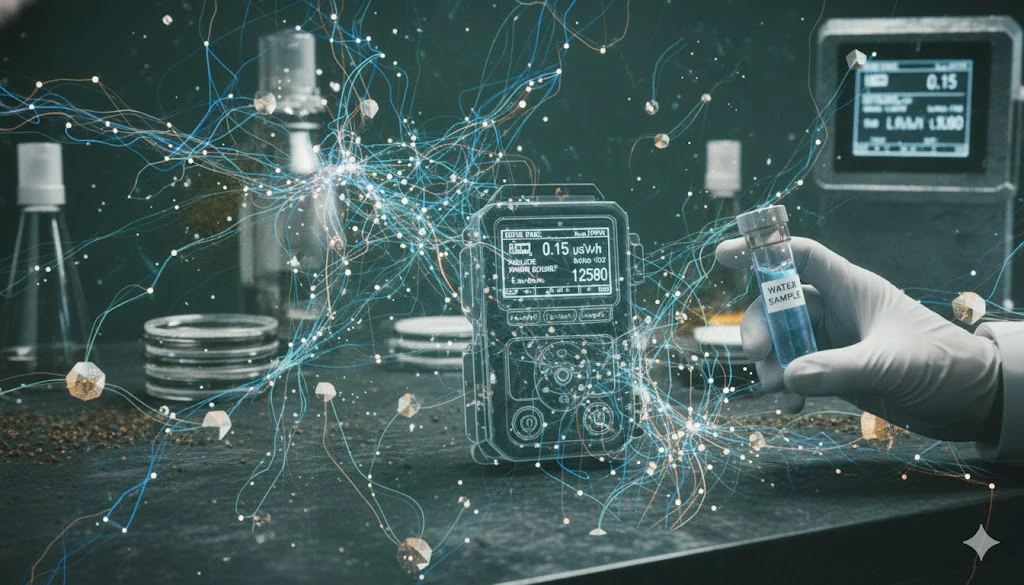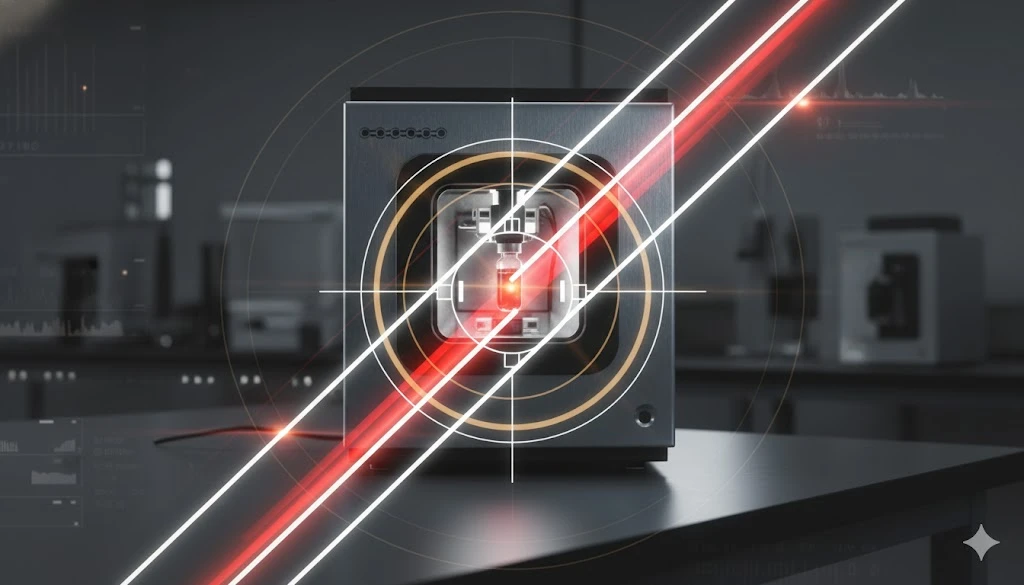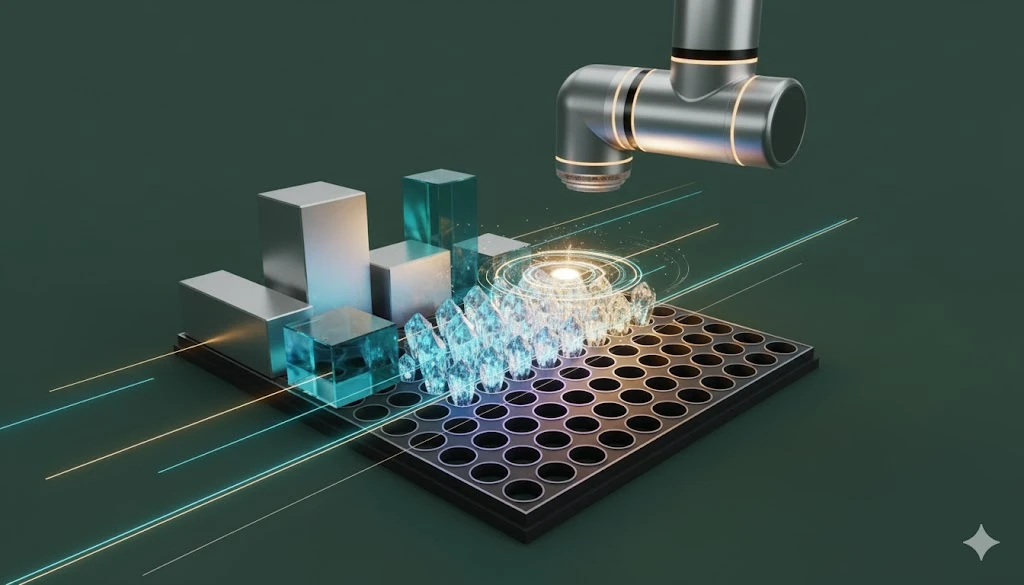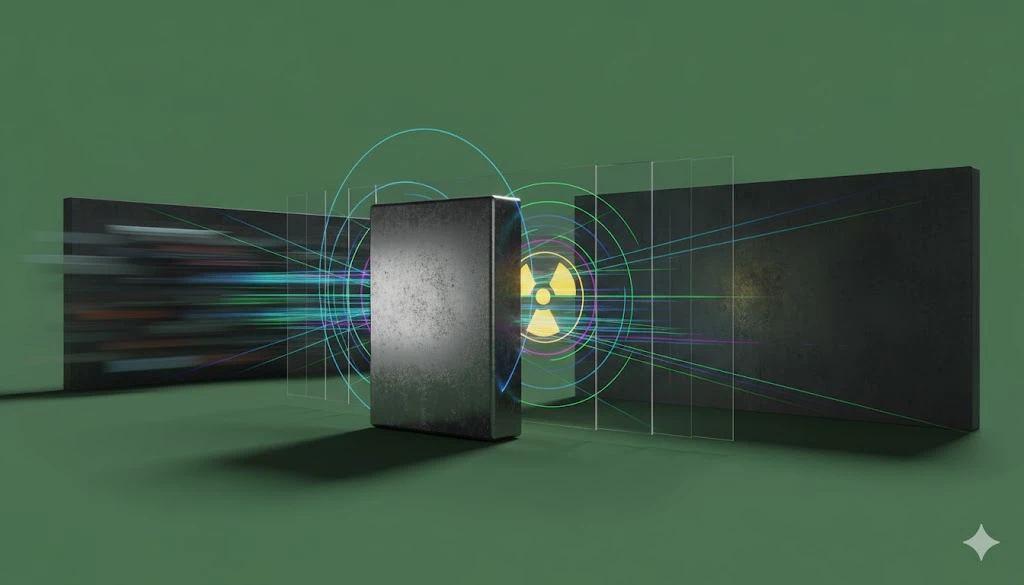Erlenmeyer Flask: The Indispensable Tool for Laboratory Professionals
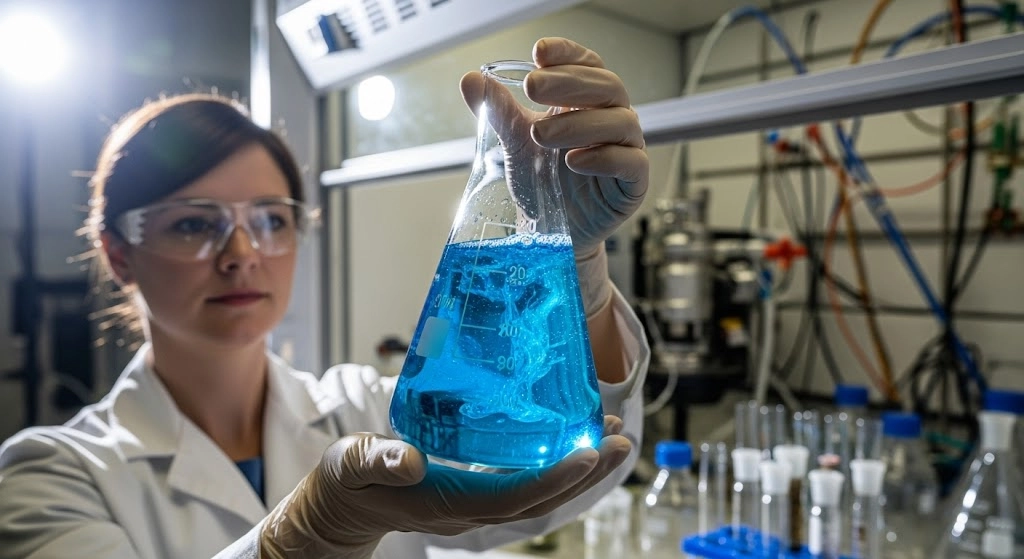
GEMINI (2025)
In the intricate world of scientific inquiry, where precision and reliability are paramount, certain pieces of equipment achieve a status beyond mere utility—they become iconic. Among these, the Erlenmeyer flask stands out as a universal symbol of laboratory work. Also known as a conical flask, this fundamental piece of laboratory glassware is instantly recognizable by its flat bottom, conical body, and narrow, cylindrical neck. Invented in 1861 by German chemist Emil Erlenmeyer, its deceptively simple design has made it a cornerstone of chemical, biological, and medical laboratories worldwide.
This article provides a comprehensive overview for the modern laboratory professional, moving beyond basic definitions to explore the nuanced applications, material science, and safety protocols associated with the Erlenmeyer flask. We will delve into its use in sophisticated techniques such as titration and microbial cultivation, examine the engineering behind its materials, and offer a comparative analysis with other common lab vessels to highlight its unique advantages. Understanding the full potential of this versatile tool is key to optimizing workflow, enhancing safety, and ensuring the integrity of scientific research.
Erlenmeyer Flask Anatomy & Materials: A Guide to Glass and Plastic
The distinctive design of the Erlenmeyer flask is a masterclass in functional engineering. The wide, flat base provides exceptional stability, preventing accidental tipping—a common issue with other flasks. The conical body allows for vigorous swirling without the risk of spillage, making it ideal for mixing solutions. Finally, the narrow neck serves multiple purposes: it minimizes solvent loss through evaporation, facilitates the attachment of stoppers or condensers, and provides a barrier against airborne contaminants.
Borosilicate Glass: The Standard for Thermal and Chemical Resistance
The vast majority of reusable Erlenmeyer flasks are manufactured from borosilicate glass, such as Pyrex or Duran. This specialized glass is composed of silica and boron trioxide, which gives it several critical properties:
Low Coefficient of Thermal Expansion: This property is perhaps the most significant. It allows the glass to withstand rapid and extreme temperature changes without cracking or shattering, a phenomenon known as thermal shock. This is essential for applications involving heating on a hot plate or Bunsen burner.
Chemical Inertness: Borosilicate glass is highly resistant to corrosive chemicals, including strong acids and bases. This ensures that the flask does not leach contaminants into the solution or degrade during a chemical reaction, preserving the purity of reagents and samples.
Plastic Alternatives: When and Why to Choose Them
While glass remains the gold standard for many chemical applications, plastic conical flasks have gained prominence in specific fields. Materials like polycarbonate (PC), polyethylene terephthalate glycol (PETG), and polypropylene (PP) are widely used, particularly in life sciences and clinical research.
Polycarbonate (PC) & PETG: These plastics are clear and robust, making them suitable for cell culture. They are often single-use to prevent cross-contamination and come pre-sterilized.
Polypropylene (PP): PP flasks are opaque but highly resistant to many chemicals and can be autoclaved. They are an economical choice for non-critical, non-heating applications and for the storage of aqueous solutions.
Advanced Applications of Erlenmeyer Flasks in Chemistry and Biology
While often associated with foundational chemistry, the Erlenmeyer flask's design makes it a vital tool for complex, technical procedures.
Precision and Control in Titration Chemistry
In analytical chemistry, titration is a precise quantitative method used to determine the concentration of an unknown analyte. The Erlenmeyer flask is the preferred vessel for this technique for several reasons:
Reduced Evaporation: The narrow neck of the flask minimizes the loss of solvent, which is crucial for maintaining the precise concentration of the analyte solution.
Effective Swirling: The conical shape allows for efficient and controlled swirling to ensure the complete mixing of the titrant and analyte. This is essential for observing the color change at the equivalence point, particularly when using indicators.
Endpoint Visibility: The flat, clear bottom provides a stable, uniform background, making it easier to spot subtle color changes or the formation of precipitates that mark the titration's endpoint.
Facilitating Aerobic Cell Culture in Biotechnology
In microbiology and biotechnology, the Erlenmeyer flask is a foundational tool for culturing microorganisms, particularly in liquid media. The flask's design allows for several critical processes:
Gas Exchange: The large surface-area-to-volume ratio of the liquid within the conical flask allows for sufficient gas exchange between the culture medium and the air, providing the necessary oxygen for aerobic organisms like E. coli or yeast.
Shaker Flasks: Erlenmeyer flasks are placed on an orbital shaker to continuously agitate the liquid culture. This agitation ensures that the nutrients and oxygen are uniformly distributed throughout the medium, preventing cell clumping and promoting uniform growth. Specialized baffled flasks, which have indentations on the interior, are often used to further enhance oxygen transfer and mixing efficiency.
Sterility: The neck can be sealed with cotton plugs, foam stoppers, or gas-permeable caps, which allow for crucial gas exchange while simultaneously preventing contamination from airborne microbes.
Controlled Heating and Reflux
For chemical reactions requiring sustained heating, the Erlenmeyer flask is a reliable choice. When used on a hot plate or with a heating mantle, its wide base ensures uniform heat distribution, reducing localized hot spots that can cause decomposition. In synthesis labs, the flask is often used as a vessel for reflux, where a condenser is fitted to the narrow neck. This setup allows for a reaction to proceed at a sustained boiling point without the loss of volatile solvents, ensuring efficient and complete conversion of reactants to products. The conical shape also makes it easier to add a magnetic stir bar for continuous agitation during heating.
Erlenmeyer Flask vs. Other Lab Glassware: A Comparative Guide
To fully appreciate the versatility of the Erlenmeyer flask, it is helpful to compare it to other common pieces of laboratory glassware.
Vessel Type | Primary Use Case | Key Advantages | Limitations |
|---|---|---|---|
Erlenmeyer Flask | Titration, mixing, heating, culturing, storage | Conical shape for spill-free swirling; narrow neck for minimal evaporation and contamination control; wide base for stability. | Not highly accurate for volume measurement; less efficient for pouring than a beaker. |
Beaker | Mixing, pouring, rough volume measurement | Wide opening for easy access; simple to pour from; available in various sizes. | High surface area leads to significant evaporation and contamination risk; less stable than an Erlenmeyer flask. |
Volumetric Flask | Preparation of solutions with a precise, known volume | Extremely high volumetric accuracy due to calibrated mark on the neck; ideal for stock solutions. | Unsuitable for heating, mixing by swirling, or storage; designed for a single, specific volume. |
Round-Bottom Flask | Reflux, distillation, organic synthesis | Spherical shape provides uniform heating and pressure distribution; compatible with various jointed glassware. | Unstable on a flat surface; not suitable for swirling or pouring. |
Handling and Care: Best Practices for Erlenmeyer Flask Safety
Proper handling and maintenance are crucial for ensuring the safety and long-term utility of laboratory glassware.
Cleaning, Sterilization, and Handling
Immediately after use, Erlenmeyer flasks should be cleaned according to standard laboratory protocols. For chemical residues, this may involve rinsing with a suitable solvent followed by a detergent wash and a final rinse with deionized water. For biological applications, the flasks are typically autoclaved at
Crucial Safety Protocols
Heating: When heating a liquid, always use a stir bar or boiling chips to prevent superheating, a phenomenon where a liquid is heated above its boiling point without forming bubbles. This can cause explosive boiling, or "bumping," which is a significant safety hazard.
Vacuum Filtration: A filtering flask, a specialized type of Erlenmeyer flask with a side arm, is used in conjunction with a Buchner funnel for vacuum filtration. The flask must be thick-walled and specifically designed to withstand the negative pressure, as a standard conical flask would collapse.
Handling Volatiles: The narrow neck of the flask is useful for containing fumes from volatile solvents. For highly volatile or hazardous compounds, it is best to use a fume hood to ensure proper ventilation.
Types of Erlenmeyer Flasks for Specialized Research
The basic Erlenmeyer flask has several specialized variants tailored for specific scientific needs.
Baffled Flasks: As mentioned, these flasks feature internal indentations or "baffles" that disrupt the laminar flow of liquid during agitation. This increases turbulence, which dramatically enhances the rate of gas transfer into the liquid, making them indispensable for high-yield aerobic cultures.
Filtering Flasks (Side-Arm Flasks): These are heavy-walled conical flasks with a side arm connection for a vacuum line. They are used in vacuum filtration setups to rapidly draw solvent through a funnel, separating solids from liquids.
Flasks with Ground-Glass Joints: These flasks have a ground-glass socket on the neck that allows them to be connected directly to other pieces of glassware, such as condensers or addition funnels, without the need for stoppers or clamps. This is common in organic synthesis setups.
Why the Erlenmeyer Flask Remains a Lab Essential
The Erlenmeyer flask is far more than a simple container; it is a meticulously designed instrument that facilitates an enormous range of scientific procedures. From fundamental titrations to complex microbial fermentations, its unique combination of stability, spill resistance, and versatility makes it an indispensable component of any professional's toolkit. By understanding its material properties, advanced applications, and proper safety protocols, laboratory professionals can harness the full potential of this iconic piece of laboratory glassware to advance their research with efficiency, safety, and precision. Its enduring presence in laboratories across disciplines is a testament to its elegant and effective design, ensuring its place as a cornerstone of scientific discovery for generations to come.
For more information on Erlenmeyer flasks or other laboratory glassware, explore available options on LabX.com, where you can find various sizes and materials suited to your lab's specific needs.
Frequently Asked Questions (FAQ)
Can an Erlenmeyer flask be used to accurately measure volume?
No. While Erlenmeyer flasks often have volume markings, these are for approximate measurements only. For precise volume measurements in a lab, you should use calibrated glassware such as a graduated cylinder, a volumetric flask, or a burette.
What is the difference between a baffled and a standard Erlenmeyer flask?
A baffled Erlenmeyer flask has indentations or "baffles" molded into its inner surface. These baffles create turbulence in the liquid when the flask is shaken, significantly increasing the rate of gas transfer (e.g., oxygen) into the solution. This makes them ideal for high-yield aerobic cell cultures where oxygenation is critical for microbial growth.
Is it safe to heat a plastic Erlenmeyer flask?
Generally, no. While some plastics like polypropylene (PP) can be autoclaved for sterilization, they are not designed to withstand the direct heat of a hot plate or an open flame. Heating plastic flasks can cause them to melt, deform, or leach chemicals into the solution. Always use borosilicate glass for heating applications.
How do I choose the right size of Erlenmeyer flask for my experiment?
The size of the flask depends on the volume of liquid and the nature of the experiment. For applications like aerobic cell culture, it's a best practice to fill the flask to no more than 20-30% of its total volume to ensure adequate gas exchange. For general mixing or boiling, choose a flask size that allows for at least 30-50% headspace to prevent contents from splashing out.
